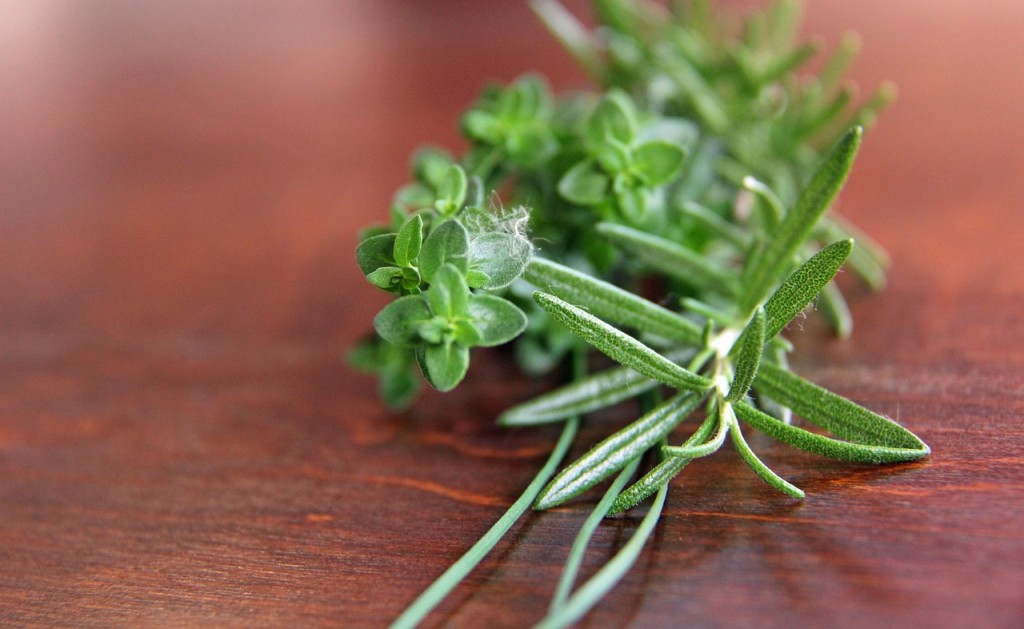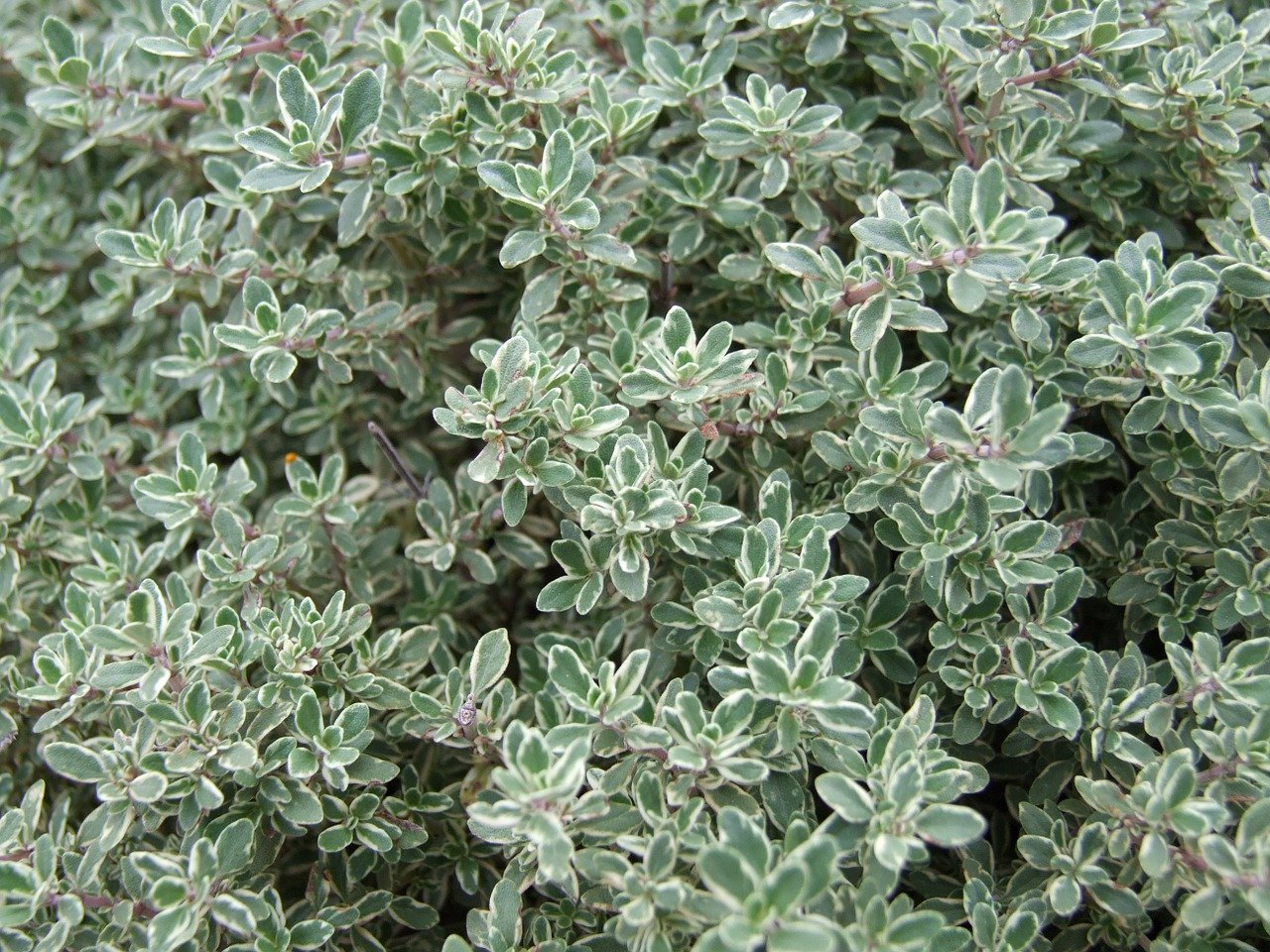
These diminutive little plants are some of the prettiest in the herb garden, although being tiny you may have to get close up and personal to appreciate them fully.
As with sage, the leaves contain volatile oils which are much more active when the weather is warm and on a still evening the smell can be almost overpowering.
Thyme is popular with ham and chicken and also many seafood dishes.
Varieties
There are over 400 species and around 100 varieties of thyme known to cultivation and most have highly perfumed foliage.
Common thyme, Thymus vulgaris, is the one often used in cooking.
The various species vary in habit from mat-forming to quite upright in growth and at up to 30cm (12in) tall, T vulgaris is one of the taller types.
Others of note are the various varieties of T serpyllum including ‘Goldstream’ with gold and green variegated leaves.
Lemon thyme – T citriodorus – another taller variety is often to be found in garden centres and T coccineus is a red-flowered mat former, good for covering banks or growing in cracks in paving.
Growing tips
Although certain thymes are native to the UK, many come from warmer climates such as the Mediterranean and are not completely hardy.
However, most will thrive if given a warm, sunny spot, ideally in well drained soil which is not too rich in nutrients and mulched with a layer of gravel to retain a little moisture and keep water from the crown of the plant in winter.

If you need lots of plants, for example to cover a sunny bank they can be grown from seeds sown in the spring, but named varieties are best propagated from cuttings or creeping types by dividing up larger clumps.
Pruning is important to keep the plants young and healthy.
After flowering trim back the old flower heads shorten the stems and in spring lift up the edges of the clump and cut out any dead old shoots which tend to accumulate underneath.
Growing in pots
Thymes are ideal for growing in containers. Grow in a well drained, gritty compost such as John Innes no. 3 and keep them close to the back door for ease of picking and so that you can appreciate the scent they release when touched.
Top Tip
Thymes are evergreen so can be picked fresh at virtually any time, but are at their best for preserving in oils or drying before flowering.
Did you know?
In Elizabethan times, thyme was used in nosegays and in prisons, mixed with rosemary, to deter gaol fever.
It has been used for medicinal purposes for centuries and was popular for treating coughs and indigestion.



